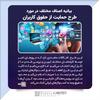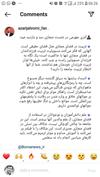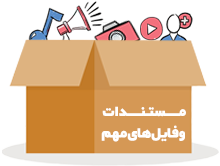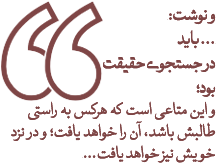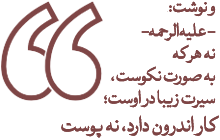Times have changed. Children of our times are no longer like the children of olden days, nor is the school limited to its traditional walls. The media has now become a serious competitor of schools in educating children. So why should teachers remain limited to their traditional instruments? Children expect their teachers to hold their hands and run along with them in the “world of zeros and ones”. Are we (teachers) ready?
The First Challenge: Data Confidentiality; What to Do About Private Information on the Web?
The world of zeros and ones is the world of “storing” and transmitting the information. All the systems used in cyberspace monitor and store user information in some way or the other. Even systems that do not require a username and password to access the service identify and monitor users’ ports, connection duration, and the type and duration of navigation in different ways.
One of the constant challenges users face with Internet service providers is the accessibility of Internet systems to private information. In recent years, the news of systems abusing users’ information has caused a great deal of controversy. One such abuse was the illegal use of “Cambridge Analytica” company of the private information of more than 80 million "Facebook" users in the 2017 US elections, which led to the response and apology by the
CEO of Facebook in the US Congress.
In May 2018, and after years of bargaining and negotiation, the General Data Protection Regulation (GDPR) became operational in the European Union, and all small and large Internet service providers amended their method, procedures, and conditions of data protection and information confidentiality and were forced to exercise strictly monitor the leakage of data from their systems. Since it is not yet clear how effective the strict rules such as the GDPR are in protecting our data, it is probably best to take care of our own information. Thus, we should know and teach our children that there is no such thing as “private information” on the web.
Everything we put on the web is, regardless of the access and the communication platform, divided into two parts:
- Disclosed public information: What we voluntarily upload to web pages and systems and make available to the public; such as the Profile Picture or the comments below the content in the news sites.
- Undisclosed public information: What we have voluntarily sent to someone through Internet systems; like e-mail and text messages, or were forced to provide (at ports of entry to systems or programs), and apparently, no one but ourselves has access to it.
As regards the first part, we should teach our children that they should never voluntarily disclose their private and personal information to the public. But let us not forget that the second part of the information, too, is in danger of being disclosed at any moment for various reasons. These reasons include “breach of commitment”, “blind hacking”, “purposeful hacking”, “change in the legal rules of the service provider”, “judicial order” and “transnational laws”. Keeping these in view, it is probably reasonable to avoid using cyberspace as a platform for the “storage”, “transfer” or “dissemination” of any private information.
by Hossein Ghaffari
teacher and researcher on culture and media,
designer of media training courses



